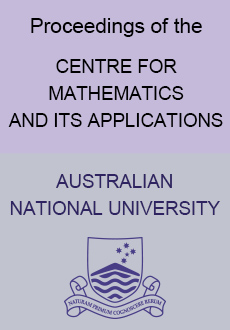Abstract
We consider two well known constructions of link invariants. One uses skein theory: you resolve each crossing of the link as a linear combination of things that don’t cross, until you eventually get a linear combination of links with no crossings, which you turn into a polynomial. The other uses quantum groups: you construct a functor from a topological category to some category of representations in such a way that (directed framed) links get sent to endomorphisms of the trivial representation, which are just rational functions. Certain instances of these two constructions give rise to essentially the same invariants, but when one carefully matches them there is a minus sign that seems out of place. We discuss exactly how the constructions match up in the case of the Jones polynomial, and where the minus sign comes from. On the quantum group side, one is led to use a non-standard ribbon element, which then allows one to consider a larger topological category.
Information


